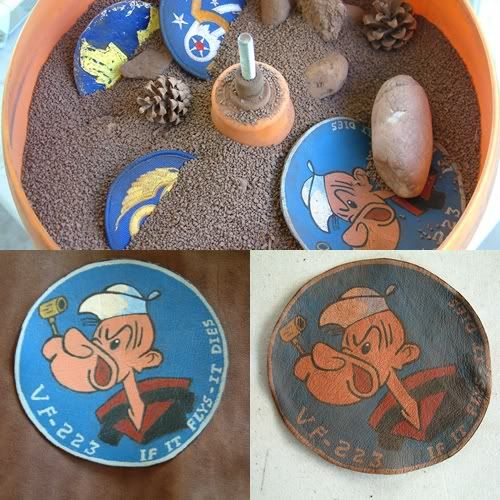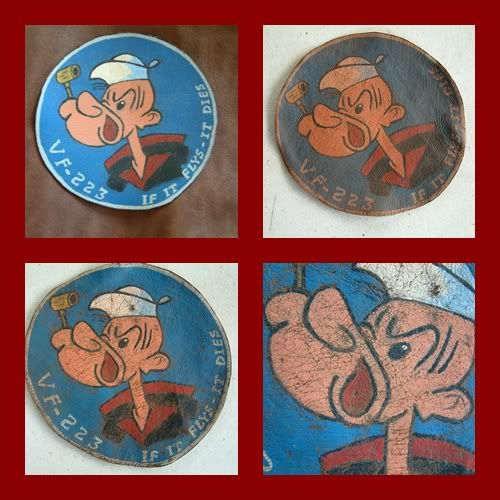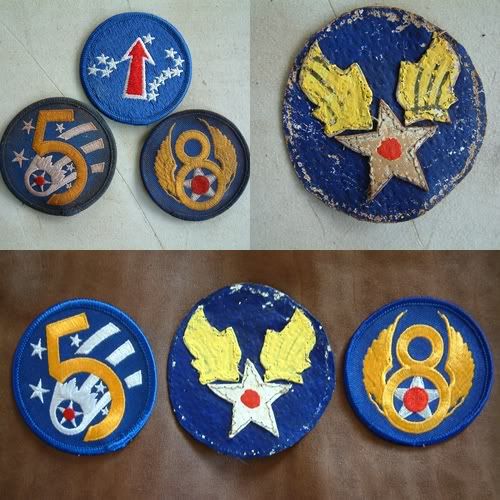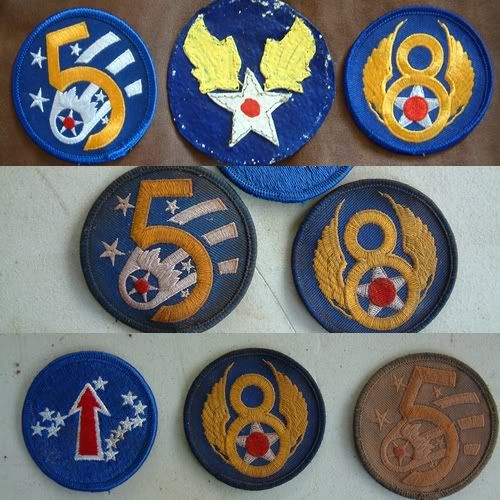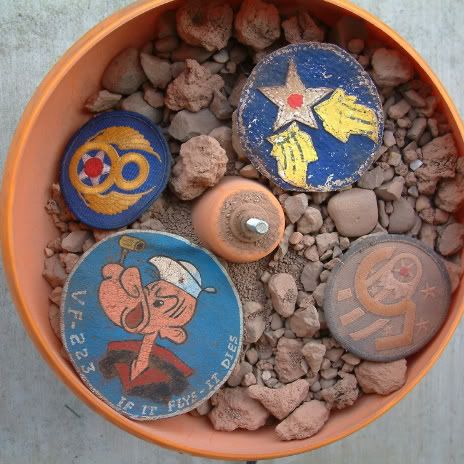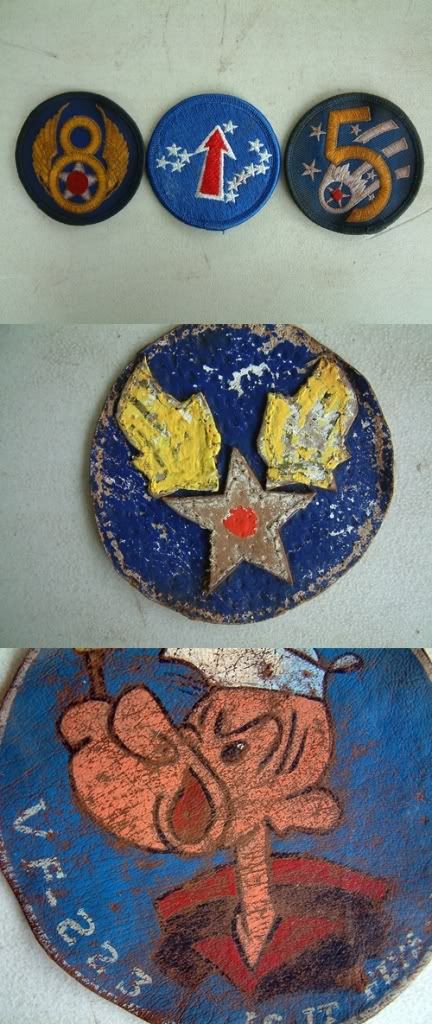ties70
Well-Known Member
Hi,
while I was (and still am) pretty happy with my basic painting skills, my last patches were too "new" looking....couldn't somehow figure out a weathering process.
So I tried something new....here is the result:
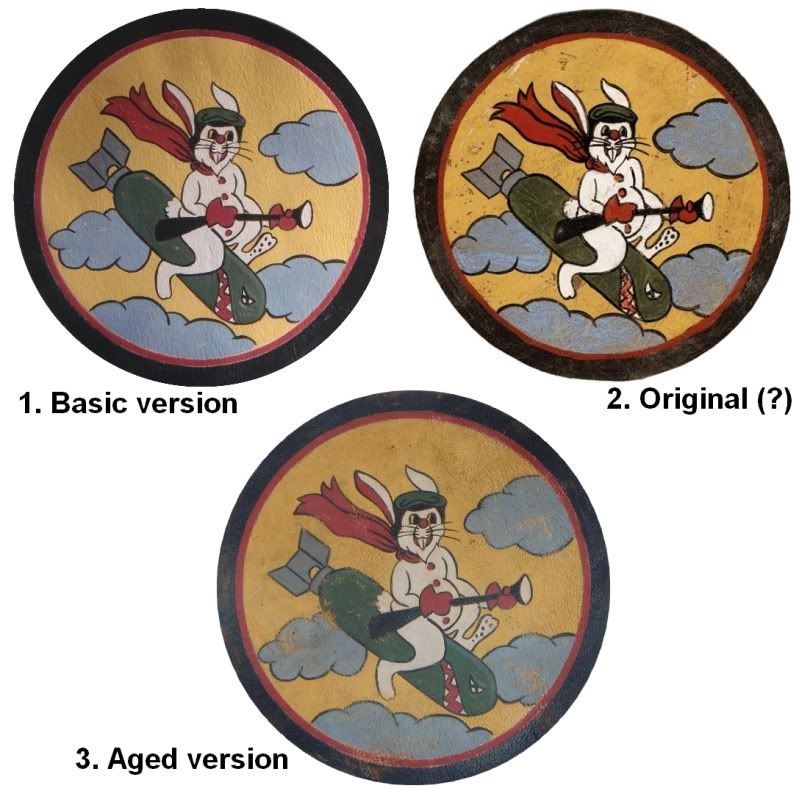
I am not sure if the "original" actually IS original, though.
Maybe I will repaint the black outlines, and do some "drybrushing" (Military modellers will know what it is....).
Ties
while I was (and still am) pretty happy with my basic painting skills, my last patches were too "new" looking....couldn't somehow figure out a weathering process.
So I tried something new....here is the result:

I am not sure if the "original" actually IS original, though.
Maybe I will repaint the black outlines, and do some "drybrushing" (Military modellers will know what it is....).
Ties


